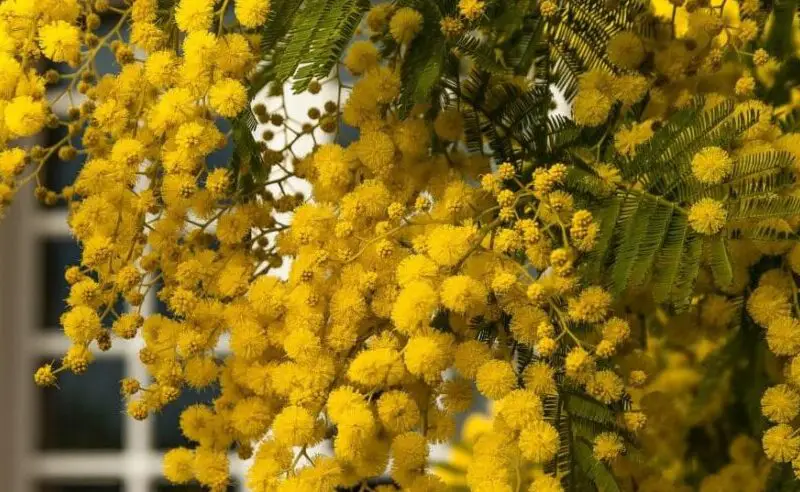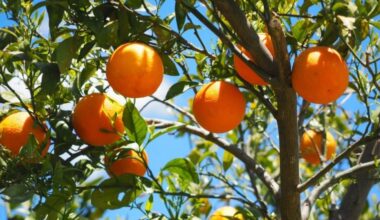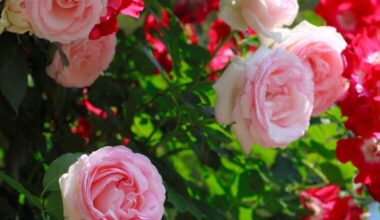The mimosa is delivered in pots, from March to May. In Mediterranean climates and on the Atlantic coast, as well as in certain very sheltered situations, you can plant your mimosa in the ground.
Contents
Maintenance of mimosas
Mimosas are naturally resistant to drought and do not tolerate excess water. Nevertheless, it is important to water the young plantations during the first two summers, while the shrubs are rooting properly.
Avoid spading at the foot of mature mimosas, as this may damage the surface roots and lead to the growth of unwanted shoots. You can easily keep the soil clean at the foot of the mimosas by using a mulch. Remember also to add composted manure such as Lombricompost every year at the end of winter.
Fertilization
In the ground
The mimosa does not require any fertilization.
In pots
Fertilize potted mimosas every month from March to September with a special fertilizer for Mediterranean plants or flowering plants. Repot every year or every 2 years in early spring depending on the development. Surface the year without repotting by changing the surface substrate on 1 inch.
Repotting
Repotting will take place every year in spring after flowering, on small plants. Choose a pot of the size just above the previous one.
Once your mimosa is installed in a pot that is too heavy to handle (16 inches in diameter), simply surface the mixture each year with compost and a handful of ground horn and dried blood mixture; don’t forget the fertilizer applications during the growing season! A repotting every 3 or 4 years will then be sufficient.
In what type of pot should I grow a mimosa?
The mimosa does not need a huge pot, especially during the first few years because it blooms better in a narrow space. However, choose a deep pot such as an orangery tub or an unglazed terracotta pot.
These containers provide better gas exchange than PVC (read: Choosing the right pot). It is better to repot your mimosa often than to place it directly in a large pot.
Always choose a container with a hole in the bottom so that water can drain out and avoid asphyxiation of the roots. It goes without saying that a container with a water reserve is unthinkable for the culture of the mimosa!
Think of placing your pot on wheels so that you can take it out on the terrace more easily when the weather is fine and when there is no risk of frost.
How to prune the Mimosa ?
The winter mimosa is pruned after flowering, in March-April. Cut off the deflowered branches by half or two thirds of their length to keep the shrub compact. If necessary, the winter mimosa can be pruned very severely, for example if its branches have suffered from a hard frost.
The 4 seasons mimosa can also be pruned in spring: shorten its branches by a third to half their length.
How to prune a potted mimosa?
Pruning a potted mimosa is done after flowering. The aim is to prune the dead stems and to restore balance to the tree’s silhouette.
Cut the dead stems and those that cross in the center of the plant to let in as much air and light as possible. This will prevent parasites from finding a particularly pleasant home in the plant clutter.
If by chance some mealy bugs were present, spray with black soap and remove them manually with a cloth.
Wintering the mimosa
The mimosa resists frost when it is moderate (23°F maximum) but especially when it does not last too long.
For the mimosa in a pot, its resistance to frost is less important, bring it in sheltered from frost, in a cool room during the winter if it freezes in your region.
When it is young, you can also use a winter veil to protect it from frost.
Also protect the foot with a good mulch of dried leaves
In the open ground and if it is freezing in your area, protect your tree by following our tips for protecting plants against frost.
Watering the mimosa
Most mimosas dread excess moisture. Water very little, except for the first 2 years after planting. Beware, the use of hard water can cause leaf discoloration (chlorosis) which leads to a weakening of the tree. On the other hand, in pots, it is necessary to regularly follow the water supply and respect the natural need (very little from June to September). The need for water is very important during flowering.
I grow my mimosa in a pot, what should I do?
Mimosa plants grown in containers must be watered more regularly during the growing period, and more lightly in winter. However, it is important that the root ball never dries out completely. Make regular applications of fertilizer for flowering shrubs. Also plan a repotting every 2 to 3 years, in the above-mentioned mixture.
Put the plants in pots as soon as the first cold weather arrives, in a very clear and frost-free room (ideally between 41 and 46°F), such as a veranda or a clear garage. They are not indoor plants, so do not bring them directly into the apartment, where they will not withstand the heating and the dry atmosphere.
Diseases of mimosa
Even if in good growing conditions, the mimosa is resistant to diseases and pests, it can suffer from attacks of leafhoppers. These sap-sucking insects are very present in the South of France and quickly invade the mimosa. The plant is covered with a white veil before weakening and dying.
Citadels are difficult to eliminate, a reason why it is recommended to follow preventive treatments. Spray water regularly under the leaves and allow their natural predators like lizards to proliferate.
Scale insects also often affect mimosa, but are easier to eliminate. Their presence can be detected by the appearance of fumagine. As these insects have a shell that allows them to resist insecticides, the best solution is to spray a solution of black soap to which is added a few drops of methylated spirits.
Finally, apart from Acacia retinodes, mimosas do not tolerate limestone and are prone to develop chlorosis visible in the yellowing of the foliage. To remedy this, add iron sulfate to the soil.









